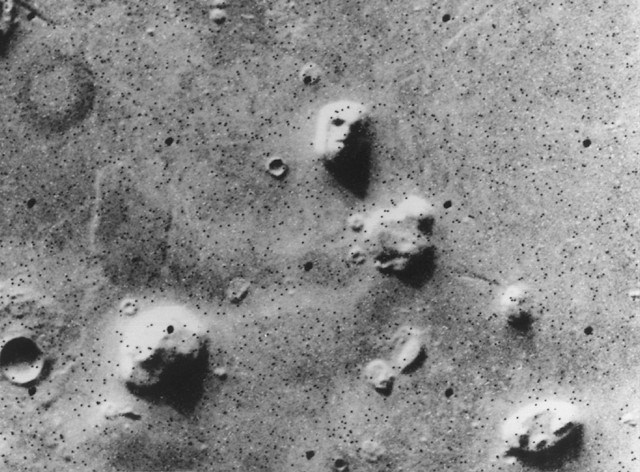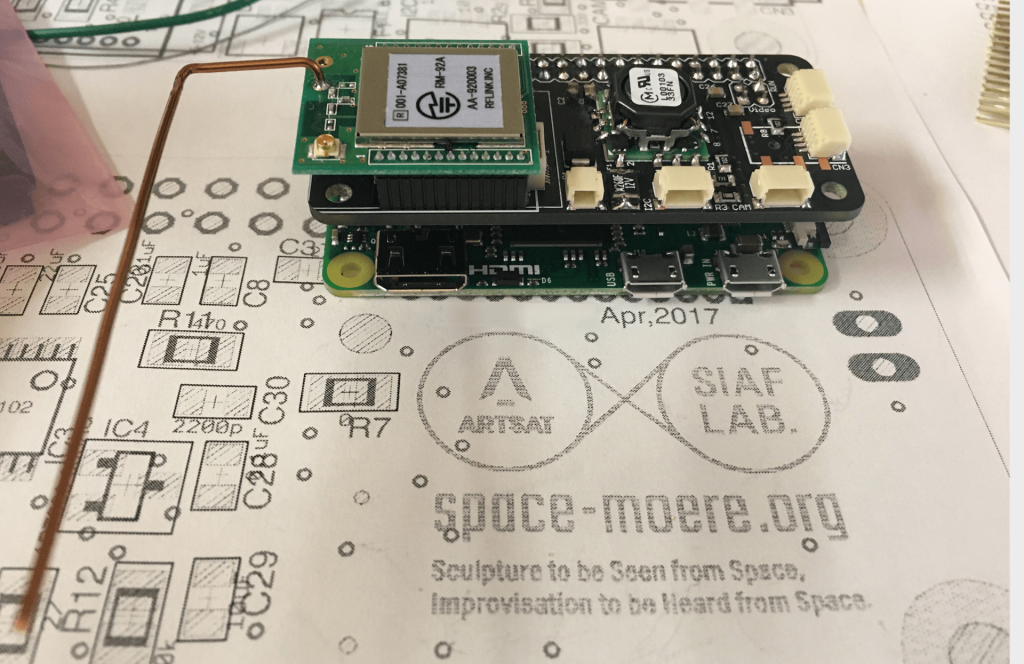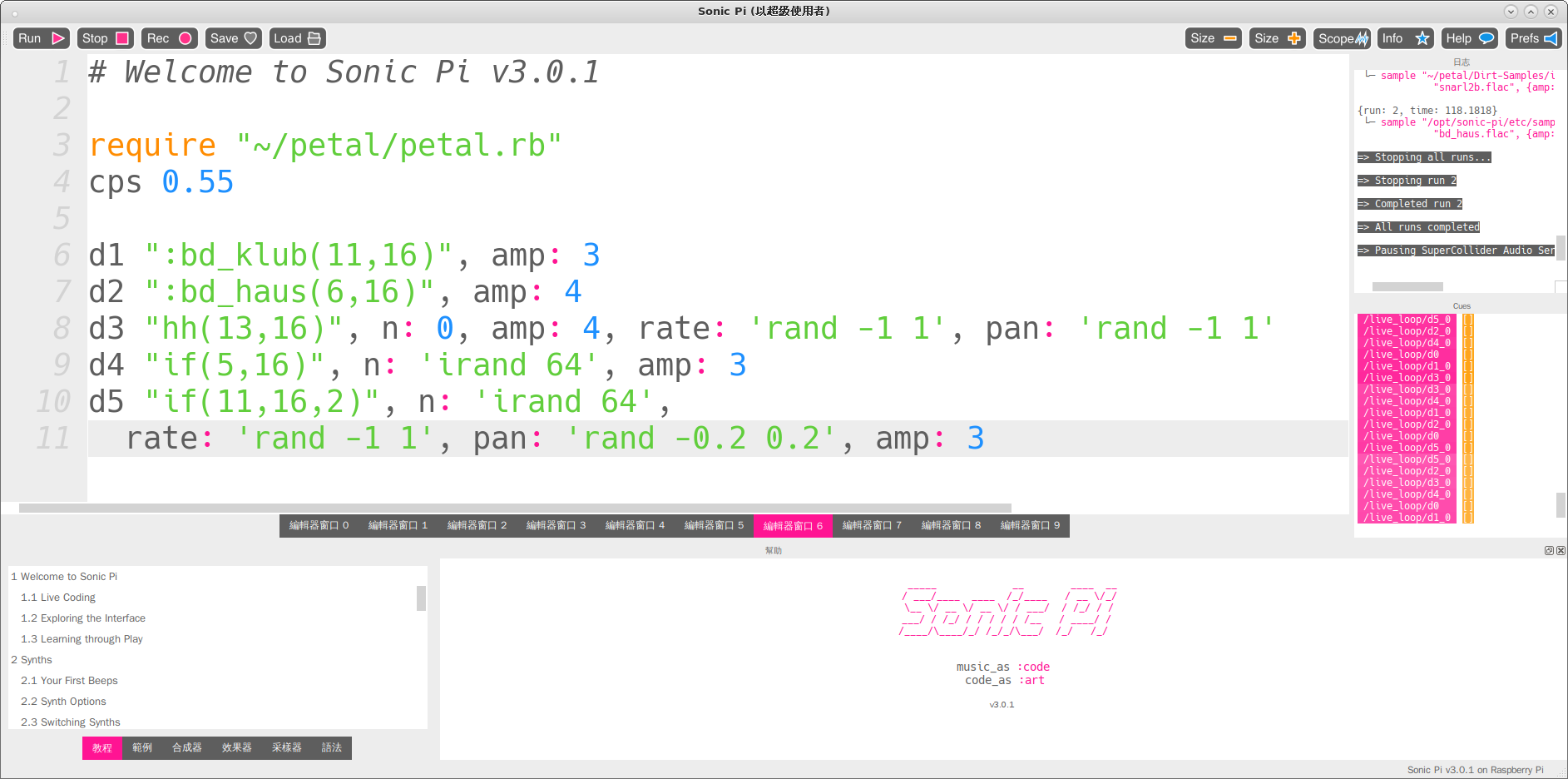玄疑令人著迷,怪誕使人好奇!如果用科學來解釋玄疑怪誕,其實很無趣?因為總得有個『假說』,希望可被『證偽』的哩??
無論最新之貴州的
500米口徑球面無線電望遠鏡
500米口徑球面無線電望遠鏡(英語:Five hundred meter Aperture Spherical Telescope,簡稱FAST)是中國的一座無線電望遠鏡,焦比達0.467。FAST位於貴州省平塘縣克度鎮大窩凼窪地,利用喀斯特窪地的地勢而建。FAST已於2008年12月26日奠基,在2016年9月25日開光[4][5]。建成後超越阿雷西博天文台,成為世界上最大的單面口徑球面無線電望遠鏡[6],預計投資7億元人民幣[7][8]。
多大多貴,恐怕很難尋找、證實有沒有『外星人』的吧!!然而那蘇軾曾寫道??
我家江水初發源,宦遊直送江入海。
聞道潮頭一丈高,天寒尚有沙塵在。
中泠南畔石盤陀,古來出沒隨濤波。
試登絕頂望鄉國,江南江北青山多。
羈愁畏晚尋歸楫,山僧苦留看落日。
微風萬頃靴文細,斷霞半空魚尾赤。
是時江月初生魄,二更月落天深黑。
江心似有炬火明,飛燄照山棲鳥驚。
悵然歸臥心莫識,非鬼非人竟何物。
江山如此不歸山,江神見怪警我頑。
我謝江神豈得已,有田不歸如江水。
未免於爭議能或不能之紛紛擾擾,就此舉出
月球
月球,俗稱月亮,古時又稱太陰、玄兔[5],是地球唯一的天然衛星[nb 4][6],並且是太陽系中第五大的衛星。月球的直徑是地球的四分之一,質量是地球的1/81,相對於所環繞的行星,它是質量最大的衛星,也是太陽系內密度第二高的衛星,僅次於木衛一。
一般認為月亮形成於約45億年前,地球出現後的不長時間。有關它的起源有幾種假說;最被普遍認可的解釋是,它形成於地球與火星般大小的天體-「忒伊亞」之間一次巨大撞擊所產生的碎片。
如何『形成』之
大碰撞說
大碰撞說(英語:Giant impact hypothesis),是一種解釋月球形成原因及過程的假說。該假說認為在大約45億年前(或太陽系形成後約2,000萬到1億年前的冥古宙[1]),地球和一顆火星大小的天體發生撞擊,殘留的碎片形成了月球。這顆撞擊地球的天體被稱為忒伊亞(Theia),這名字是希臘泰坦神話裡月神塞勒涅的母親之名。
大碰撞說是目前最受青睞的科學假說[1],支持的證據包括:地球自轉和月球公轉方向相同[2]、月球曾擁有熔融態的表面、月球擁有較小的鐵核且其密度比地球低、由其他行星系統發生類似碰撞所得到的證據(即導致岩屑盤)、符合主流的太陽系形成理論。最後,月球和地球岩石擁有的穩定同位素比率是相同的,這意味著相同的起源。[3]
儘管為目前最佳的月球形成假說,大碰撞說仍存在一些缺陷[4]。理論上,大碰撞產生的高溫會形成全球性的岩漿海,然而,沒有證據能證明較重的物質因此沈入地函。目前,沒有模型能對於從發生大碰撞到形成月球的過程作出完美解釋。其他問題包括,月球何時開始失去揮發性物質、以及同樣發生過碰撞的金星為何沒有衛星。
為例。再次強調科學的理論,不只想說明『已知』之事實★還更想推演『未知』的現象也☆故可以『事實現象』決疑除怪耶!!??
─── 《光的世界︰【□○閱讀】折射式望遠鏡《二》》
從『火星人臉』雕塑冥思

海盜1號拍攝的部分塞東尼亞區照片;1976年7月25日公開(右上方為北方)。著名的「火星人臉」在照片中心上方不遠處。
到『平流層氣球』無限連線﹐傳送音樂『 Telecoding 』之玄想
2018-06-23/space-moere.org/midsummer/
今回の気球モジュールの無線情報
今回の打ち上げでは、アマチュア無線帯は用いず、 RFリンク社のrm-92aというモジュール(http://www.rflink.co.jp)を利用し、 モエレ沼公園から成層圏気球を打ち上げます。
920MHz帯(変調方式:LoRaモード)20mWで経度、緯度、高度の情報を30秒毎にデータ送信を行う予定です。
周波数は、925.2MHzになります。
受信環境をお持ちの方などは、ぜひ成層圏から送られる電波を受信してみてください。

地上局の受信モジュール(rm-92a)の設定
[*]RF Mode :[LORA]
[a]RF-Channel :[47](Frequency[925200000Hz])
[b]PAN-ID :[Enable] PAN-ID[0x0806]
SRC-ID :[0x0009]
[d]LAST-DST-ID :[0xFFFF]
[e]Unit Mode :[Parent]
[f]Routing Mode :[Non-Routing]
[g]RF Settings :Tx-Power [13dBm]
:Bandwidth [125kHz]
:Factor [SF12]
:Error Coding [1: 4/5]
:Optimize [ON]
[h]Ack Request :[Disable]
[i]Data Mode :[Frame]
[j]Sleep Mode :[Not Use]
[k]UART BaudRate :[115200bps]
[l]Recv Packet Output :RSSI [Enable] SRC-Address[Enable]
:CR+LF [Enable]
[m]Carrier Sense :[Use] Retry Count[0]
[o]RTC :[LSE]
[p]Transmit Total Time Set:[Use]
[q]Low Level Noise Filter :[Use]
[n]AES KEY :[Not Use]
******************************************************
札幌国際芸術祭とSIAFラボの新しい活動が始まります。
『 space-moere 』計畫可謂先進有趣也☆


ABOUT
PROJECT OVERVIEW
Moerenuma Park, the construction of which began in 1982 and that had its grand opening in 2005, is a comprehensive park designed by Isamu Noguchi (1904-1988), one of the most influential sculptors of the 20th century. It “constitutes one sculptural work as a whole.”
In collaboration with ARTSAT: Art and Satellite Project and the SIAF Lab, “Space-Moere” Project was developed to imagine extraterrestrial intelligence. Using stratospheric balloons as civic technology, the Space Moerenuma Park (space-moere) connects Moerenuma Park to the universe/multiverse.
The “Space-Moere” Project is composed of two artworks entitled Sculpture to be Seen from Space, Improvisation to be Heard from Space and Sculpture for All of the Intelligence.
In Sculpture to be Seen from Space, Improvisation to be Heard from Space, the Moerenuma Park as a “sculpture of the earth” was connected to the universe using small stratospheric balloons and remote improvisational performance named “Telecoding”.
Sculpture for All of the Intelligence is a media installation to depict the encounter between Moerenuma Park and unseen extraterrestrial intelligence, speculating from both art and science. It was exhibited in the Glass Pyramid of Moerenuma park during SIAF2017 (Aug. 6-Oct. 1, 2017)
On the night of October 19, after SIAF2017, we received the code from the stratospheric balloon and realized the telecoding performance connecting the park to the universe.
In 1947, 58 years prior to the opening of Moerenuma Park, Isamu Noguchi developed the idea of a Sculpture to be Seen from Mars, which consisted of piling up earth to construct a gigantic “human face” and a nose measuring 1 mile.
By connecting the park and outer space through personal technology and media artworks, sharing its process with citizens, Space-Moere Project has succeeded in building a new civic community on the precious and large-scale artwork, Moerenuma Park in Sapporo.
It has been 30 years since Isamu Noguchi completed the master plan for the park, and his aspirations and visions continue to expand into the universe at the speed of light.
因『 Telecoding 』的需要︰
JA
Ruby code from the stratosphere – SIAF, Sonic Pi, Petal
Last year I participated in a project called space-moere of SIAF2017 (Sapporo International Art Festival 2017). In the project we received Sonic Pi code generated in the stratosphere and had live performance using it. For the live performance, I made a small language called Petal.
In this session, I will talk about the topics as follows:
- space-moere project
- Petal
- some projects based on it (Sonic Pi and TidalCycles)
Session Notes: https://gist.github.com/kn1kn1/c28f8029ba5ee069d83b8b6a6c4c8543
Presentation Material
Recorded video
故而擴充『 sonic π 』,發展了『 petal 』編碼語言!
/petal
A small language on Sonic Pi with similar syntax to TidalCycles
Petal 
About
Petal is a small language on Sonic Pi with similar syntax to TidalCycles.
The primal motivation of this project is creating a language suitable for our telecoding live performance of space-moere at SIAF2017.
Requirements
Sonic Pi v2.10 or later (v2.10, v2.11.1, v3.0.1, v3.1.0)
也進一步揭開『秘境』中 Ruby 的面紗,得以一窺堂奧矣☺
經安裝以及實測 OK 也◎
Installation
git clone https://github.com/siaflab/petal
Tutorial
Examples
My demo
https://twitter.com/kn1kn1/status/881498461635461121
require "~/petal/petal.rb" cps 0.55 d1 ":bd_klub(11,16)", amp: 3 d2 ":bd_haus(6,16)", amp: 4 d3 "hh(13,16)", n: 0, amp: 4, rate: 'rand -1 1', pan: 'rand -1 1' d4 "if(5,16)", n: 'irand 64', amp: 3 d5 "if(11,16,2)", n: 'irand 64', rate: 'rand -1 1', pan: 'rand -0.2 0.2', amp: 3
